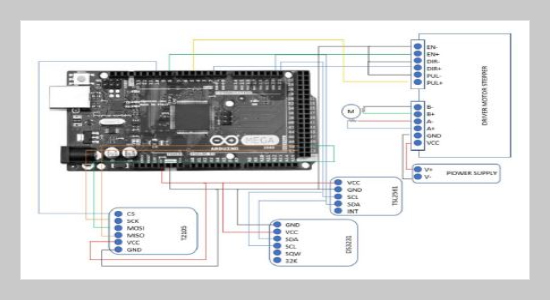Muhammad Nur Fajri Alfata This email address is being protected from spambots. You need JavaScript enabled to view it.1 and Amalia Nurjannah2 1Division of Building Sciences, Directorate of Engineering Affairs for Human Settlements and Housing, Ministry of Public Works and Housing. Jalan Panyawungan, Cileunyi Wetan, Kabupaten Bandung 40393
2YKK AP RD Center Indonesia. Kawasan Industri Manis, Jl. Manis Raya No.23, Kadu, Kec. Curug, Kota Tangerang, Banten 15810
Received:
December 14, 2020
Copyright The Author(s). This is an open access article distributed under the terms of the Creative Commons Attribution License (CC BY 4.0), which permits unrestricted use, distribution, and reproduction in any medium, provided the original author and source are cited.
Accepted:
March 28, 2021
Publication Date:
August 10, 2021
Download Citation:
||https://doi.org/10.6180/jase.202202_25(1).0021
The prototype of automated shading devices to prevent the excessive effects of solar radiation entering the indoor space has been developed. It worked based on the sun-path data and used Arduino to control the movement. The performance had been tested to examine the algorithms, and it showed promising results. This study focuses on the effects of the automated shading device on the indoor thermal environments. This prototype was implemented in one of three 3x3-meter test houses with 0.8×0.8 meter of west-side window (hereinafter TH1). Two other identical test houses were equipped with fixed shading device (TH2) and no shading devices (TH3). Some thermal parameters such as air temperature, relative humidity, solar radiation, and globe temperature were measured for five days during the hot season. The result showed that the automated shading device significantly lowered the indoor air temperature by 1.2◦C and 4.3◦C compared to those of the TH2 and TH3, respectively. Further, it efficiently reduced the effects of solar radiation entering the room as indicated by the reduction of 47.5% from the baseline or no shading (59 W/m2). However, further developments are still required to ensure the shading moves according to the stimulus given.ABSTRACT
Keywords:
Automated shading device, Indoor thermal environments, Solar radiation
REFERENCES
















